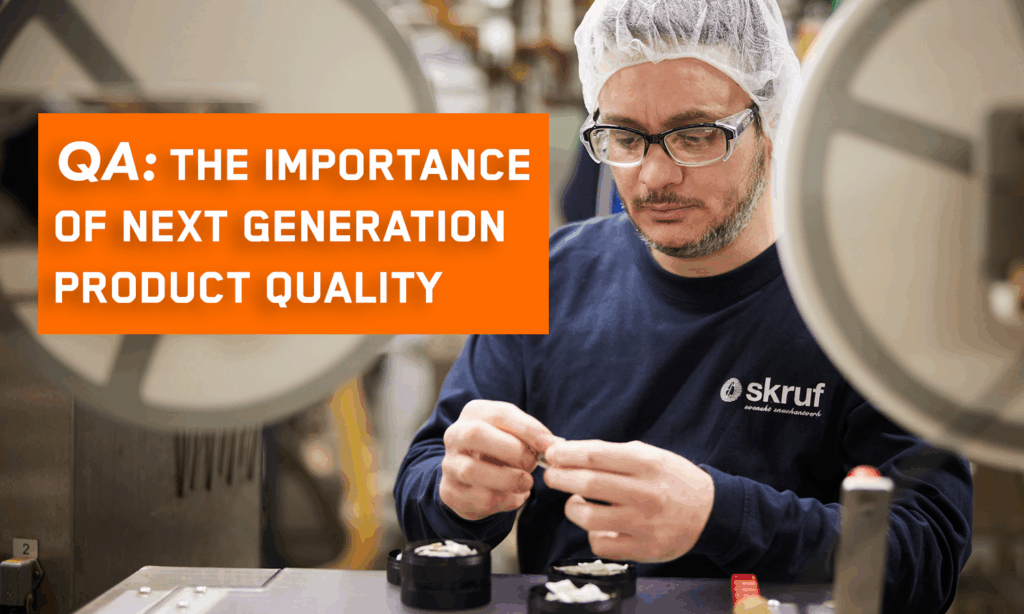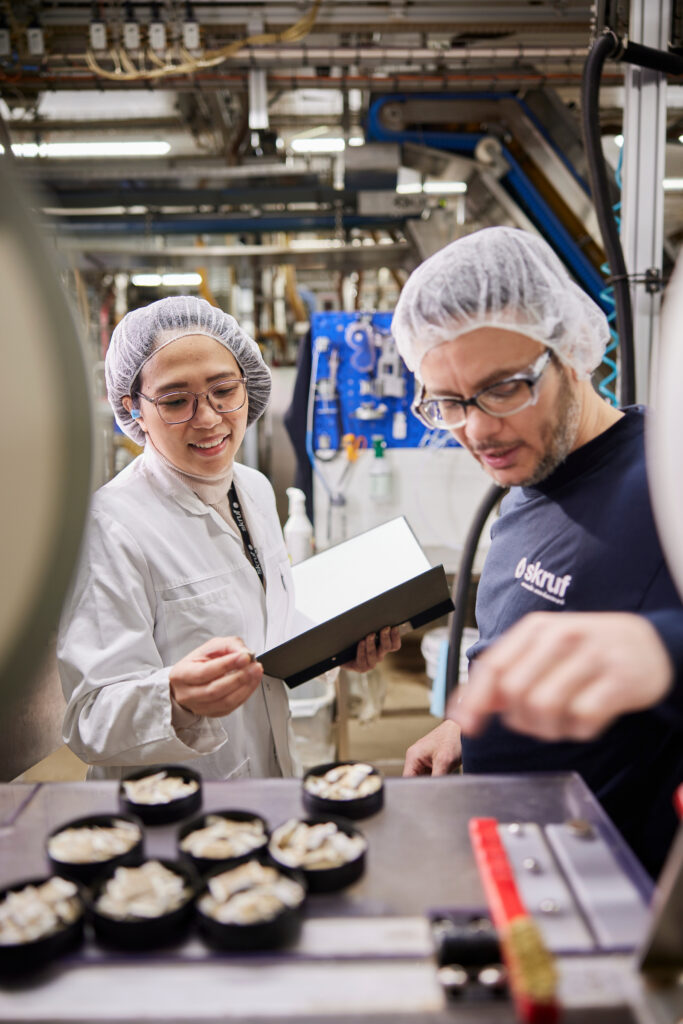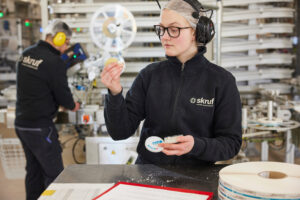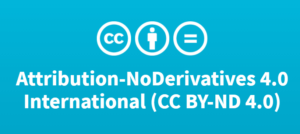
Making a meaningful contribution to tobacco harm reduction (THR) doesn’t just mean creating satisfying, scientifically substantiated next generation products (NGP) that help transition adult smokers away from cigarettes; it also means ensuring they’re manufactured to the highest safety and quality standards to safeguard our consumers.
To mark World Quality Day, Harm Reduction Communications Manager Rob Taylor spoke to Andrew Duke, Head of Global Quality, and Magdalena Zych, NGP Quality Engineer, to find out more about Imperial’s responsible approach – focusing on zone, our tobacco-free oral nicotine pouches (OND).

Quality sounds like a very broad field; can you briefly explain Imperial Brands’ interpretation?
At Imperial Brands, Quality starts with the consumer. We articulate our approach simply: ‘Get it Right, Keep it Right, and Deal with Wrong’.
We get it right by having the consumer define their expectations, and designing products that fulfil and even exceed those expectations.
We keep it right by sustaining the design excellence through manufacture and distribution with continuous improvement of rigorous quality assurance processes which assess our products through a consumer-focused lens.
And, if things occasionally go awry, we deal with wrong quickly, responsibly, and transparently, making sure that the same mistakes won’t happen again – always with consumers in mind.
Can you provide an overview of our key OND manufacturing sites?
Our OND products for European markets are manufactured at two sites: our dedicated production site in Sävsjö, Sweden – renowned for its heritage in oral nicotine formats – and our newly established NGP facility located within our factory in Radom, Poland.
Both sites reflect our commitment to quality, innovation, and manufacturing excellence.

How do we ensure that every pouch of zone meets our rigorous safety and quality standards before it reaches consumers?
zone is manufactured according to our high internal standards to ensure consistency, safety[1], and premium quality for our consumers.
Firstly, every product undergoes a validation and qualification process before manufacturing begins.
We then apply a strict three-gate quality control system:
What specific measures are in place to prevent contamination or defects during production, and how do we respond when issues are detected?
We employ advanced controls alongside our three-gate quality system.
A camera system checks the end seal, while a metal detector identifies and rejects contaminated products. If an issue is detected, the response depends on its severity; for example, the production line may be temporarily stopped, and affected products are quarantined or removed.
We then begin Root Cause Analysis (RCA) and implement Corrective and Preventive Actions (CAPAs) to eliminate the issue and prevent recurrence.
What happens if a consumer raises a complaint about any of our products?
While we’re proud to not receive many complaints from consumers, whenever we do they’re treated as valuable feedback and an opportunity to improve our processes.

All customer feedback is logged and reviewed monthly to identify trends, while critical issues are monitored daily. If any require deeper investigation, we initiate a structured process to understand the root cause.
Based on findings, we implement Corrective and Preventive Actions (CAPAs) – which may involve changes to the process, design, or manufacturing.
This approach ensures we not only resolve individual issues, but also drive continuous improvement to enhance product quality and consumer satisfaction.
Can you share an example where a quality investigation led to a meaningful change in our production or product design?
One example is when we found some consumers were dissatisfied by the taste of a specific zone variant.
Through a detailed and systematic RCA process we identified several improvement opportunities to improve consumers’ taste experiences.
Corrective and preventative actions included a more intense cleaning procedure, an improved flavour collection system, and enhanced material controls & labelling.
Ultimately, this significantly reduced the chances our consumers would experience any taste inconsistencies.

How important is it that we demonstrate to regulators and external stakeholders that we not only meet – but go above and beyond – standard quality requirements, and how do we do this?
I fully agree; demonstrating our commitment to Quality is essential.
We go beyond standard requirements, and we do not only identify direct causes through RCA but continue RCA processes until we identify systematic issues which led to those direct causes. CAPAs are implemented not only for direct causes but also for those systematic issues and we closely track their implementation.
Other initiatives include verifying and analysing customer complaints to identify trends and prevent recurrence, auditing supplier sites, and continuously monitoring the quality of incoming materials.
Additionally, we perform annual reviews of our Quality Management Systems (QMS) across our factories to ensure continuous improvement and compliance.
What role do supplier audits play in maintaining trust in both our supply chain and final products?
They’re key to maintaining trust across the manufacturing chain, as they ensure suppliers meet our quality standards and that incoming materials are consistent – and compliant – to our specifications.
By regularly auditing and verifying suppliers, we prevent issues before they impact production, strengthen our relationships – and ultimately ensure product reliability.
This approach supports transparency, builds confidence with stakeholders, and maintains Imperial’s strong reputation.
We have a diverse portfolio of NGP, including vapes and heated systems; do they all meet the same rigorous quality benchmarks as zone?
All our NGP, including vapes and heated systems, are built on a consistent QMS framework. Each category follows the same rigorous standards for documentation, traceability, and continuous improvement.
The main difference lies in the frequency and type of quality checks, which are tailored to the specific risks and characteristics of each product category.
This adaptive approach ensures that – whether it’s blu, PULZE, or zone – every product meets our high quality expectations.

What excites you most about the future of Quality relating to THR and NGP – and how is Imperial preparing for it?
What excites us most about the future of Quality is its ongoing evolution and the opportunity to shape it – rather than simply following the current standard.
With the evolution of data-driven insights, automation, and predictive analytics, we can detect issues earlier, respond faster, and continuously improve.
The key point is that quality is not just about compliance – it’s about ensuring our products are consistently safe, aligned with our ambition to making a meaningful contribution to THR, and providing consumers with moments of relaxation and pleasure.
By strengthening quality systems, collaborating closely with contract manufacturers, and leveraging data more effectively, we’re building a smarter, more proactive approach to Quality.
In turn, this builds further trust in not only our NGP themselves – but also Imperial’s reputation as a responsible manufacturer.
Thanks both, Happy World Quality Day!

[1] Please note that in the context of this QA, use of the word ‘safety’ refers specifically to product quality, and isn’t intended to imply that our NGP are risk-free (i.e. ‘safe’) from the perspective of absolute harm.
Follow us on LinkedIn and read more about our intentions to help create potentially healthier futures for our consumers on our corporate website. You are free to share this content with credit to Imperial Brands under a Creative Commons Attribution-NoDerivatives 4.0 International (CC BY-ND 4.0) license.
